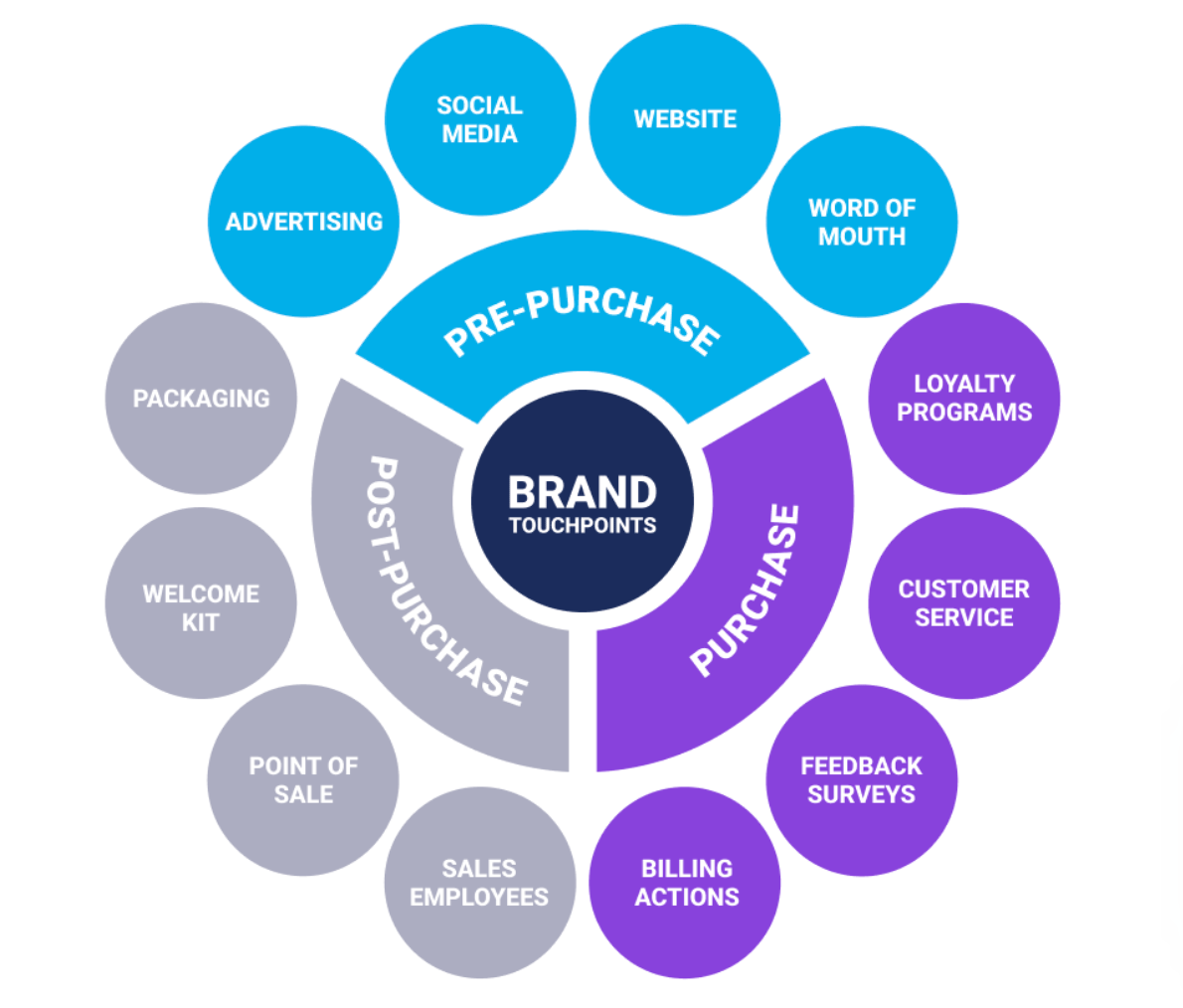- Minimum Viable Brand
- Posts
- Why Brand Isn’t Just a Marketing Thing
Why Brand Isn’t Just a Marketing Thing
Brand isn’t a department—it’s the experience your company delivers...everywhere.

A lot of founders treat brand like it only lives in the marketing department. Something you invest in long after product-market fit. Something that kicks in when it’s time to make things “look good” or “go viral.”
But, based on my experience, here’s the cold reality:
The strongest brands aren’t built by marketing—they’re built through alignment across teams, decisions, and daily interactions…from day one.
Brand isn’t a department. It’s a company-wide asset that shapes how people perceive, trust, and engage with you—from your landing page to your legal docs.
And if you’re only thinking about brand as a design or copy problem, you’re leaving the real value on the table.
Trust me.
Here’s why…
Brand is what people feel—not just what they see
Your brand isn’t just your logo. It’s not your tagline. And it’s not the color palette you spent way too much time debating over in Figma.
I know. I know. I’ve been stressing the importance of these visual assets to no end in this newsletter since I started it. That’s because these assets are important as the most obvious weapons in your brand arsenal. But they alone aren’t enough to win the war for your customers’ hearts.
Ultimately, your brand is the feeling someone has when they interact with your company. Any part of your company.
And the reality is it’s not just what you say—it’s what people take away.
It’s the story they tell themselves about you. And that story is shaped by everything you do, not just your logo and ad campaigns.
A smooth onboarding flow? Brand.
A confusing pricing page? Also brand.
The tone of your support emails? Brand.
The way your product makes someone feel after using it? Definitely brand.
When people say a company “gets them” or “just feels different,” they’re not reacting to a font. They’re reacting to the sum of all of the company’s signals working in harmony.
A brand’s real power lies in how every customer interaction—pre- and post-purchase—adds up to a cohesive experience.
Brand touches every team (whether they realize it or not)
If your product team doesn’t understand the brand, they might optimize for efficiency when your brand stands for delight.
If your sales team doesn’t live the brand, their pitch might feel pushy when the brand voice in your copy is all about empowerment.
If your support team doesn’t reflect the brand, they may be disturbingly curt when the copy on your website advocates for customer empathy.
And that disconnect? Your users feel it. Even if they can’t name it, they know something’s off. The experience doesn’t feel cohesive.
That erodes trust. And doesn’t do your brand any favors.
It all comes down to this: brand isn’t a surface layer thing—it’s connective tissue for the entire organization. It guides decision-making across product, ops, hiring, sales, and yes, marketing too.
Brand gives your company focus
Startups are messy. Priorities change weekly. New features, new decks, new personas. It’s easy to lose your center.
But when you build with brand in mind from day one, you have a North Star. A point of view. A reason to say no to what doesn’t fit.
Brand clarity helps you:
Ship faster (less second-guessing what “feels on brand”)
Build culture (your team knows what you stand for)
Stay consistent (across stages, channels, and teams)
That consistency compounds. Over time, it becomes identity.
And identity is what sets you apart when your product is no longer the only one doing what you do.
The best products are brand experiences
Think of your favorite consumer-facing companies. Are they good at marketing? Probably. But more than that, they’ve designed every touchpoint to feel like them.
Apple made every detail—from unboxing to UI—feel intentional, elevating utility into desire.
Chime reimagined banking to feel simple, supportive, and on your side (not the bank’s).
Liquid Death turned canned water into an anti-brand with a cult following—without changing the product, just the personality.
Alo Yoga made a workout brand feel like a luxury lifestyle, with consistency across retail, social, and even in-studio music curation.
Canva took design tools and wrapped them in accessibility and empowerment, without ever feeling basic.
Those brands didn’t treat design and messaging as a final coat of paint. They baked the brand into the product itself. That’s how they earned irrational levels of loyalty in rational categories.
I’ve seen this work firsthand: when a founder builds a company with brand in mind early—across product, team, and culture—the result isn’t just a great-looking site. It’s a startup people believe in before they even try the product.
Chime redefined what modern banking could feel like—and baked that brand vision into everything from its mobile app to its customer support experience.
Final thought
If you’re thinking of brand as just a marketing lever, you’re thinking too small.
Brand isn’t just what gets people in the door—it’s what makes them stay, trust, refer, and advocate.
So don’t relegate it to the pitch deck or the scope of work for the ad agency you hire after your Series B.
Start embedding it everywhere across your company’s processes, values, and culture—because the real power of brand shows up long after the first impression.
And when it’s working, no one says, “That was great branding.”
They just say, “I love this company.”
So, until next time, build your brand everywhere…and spread love.
Best,
Edwin